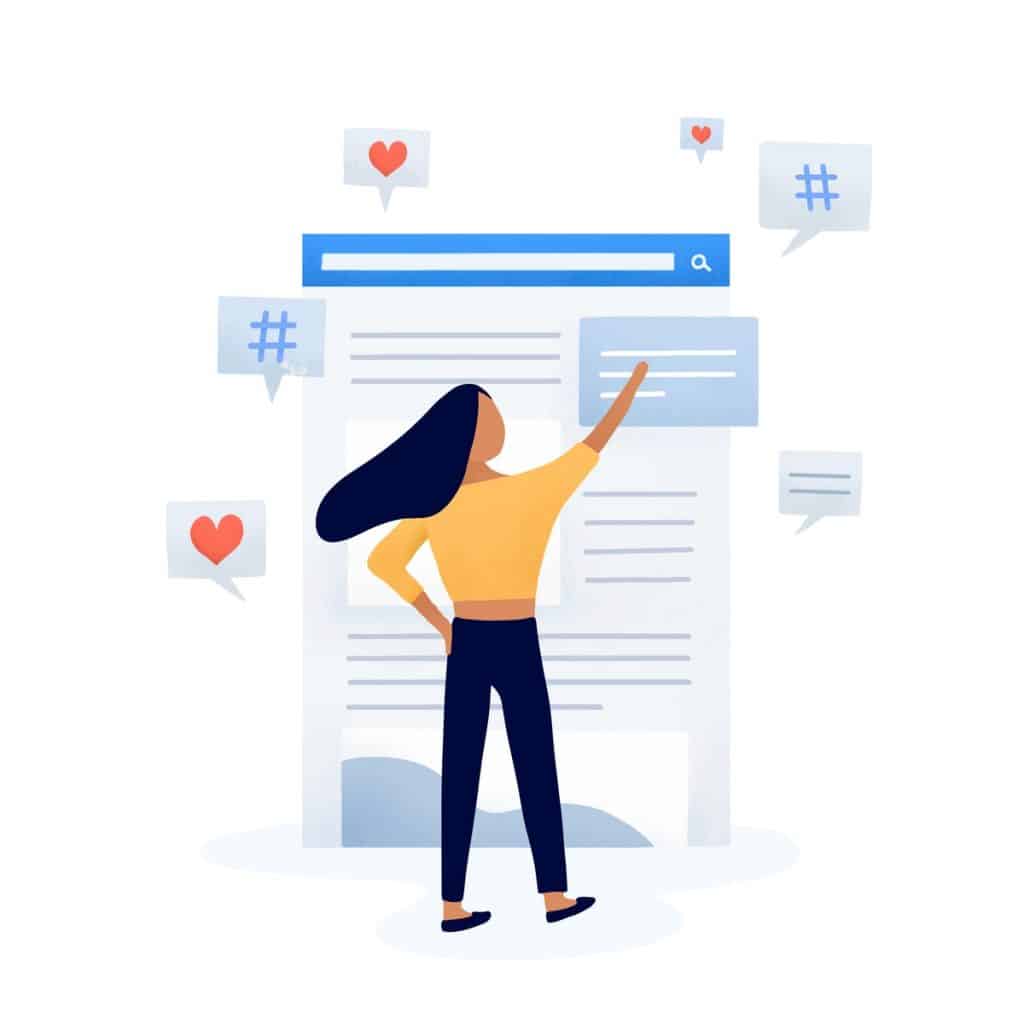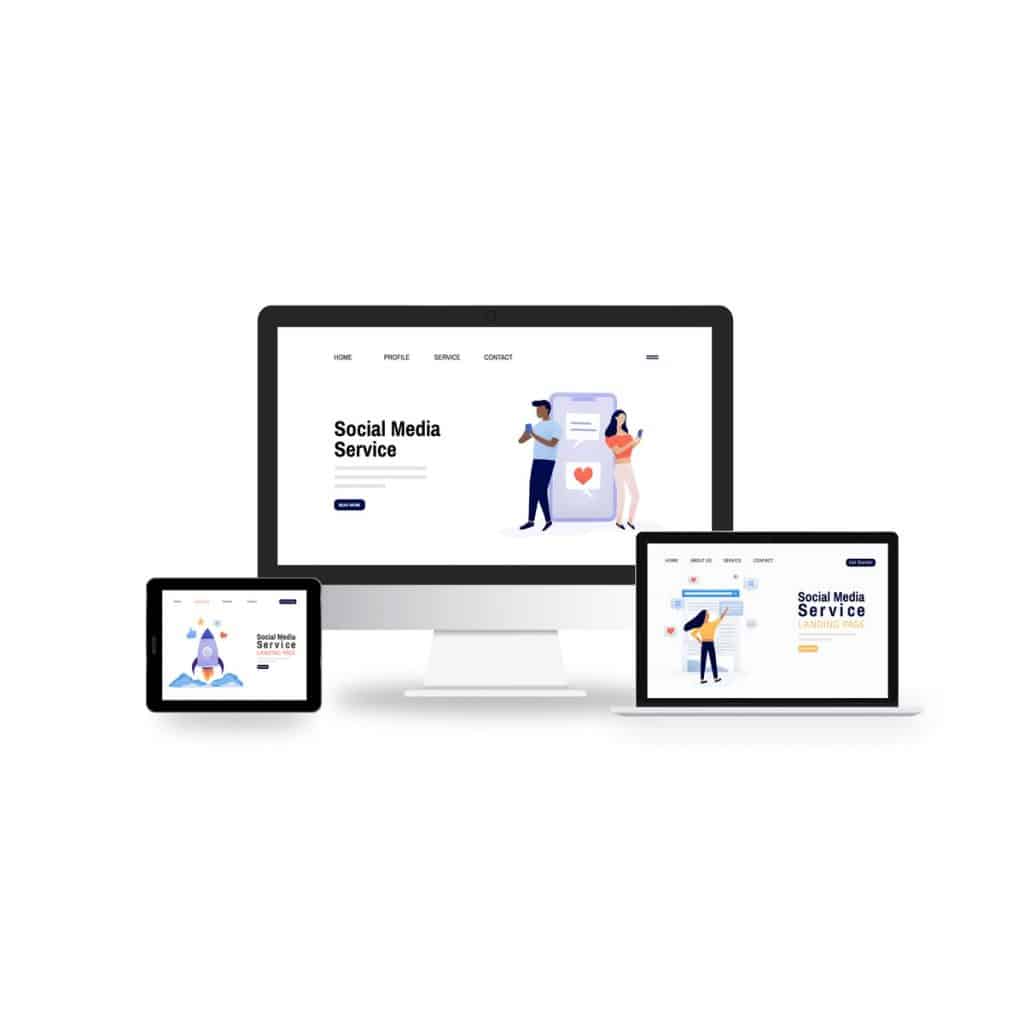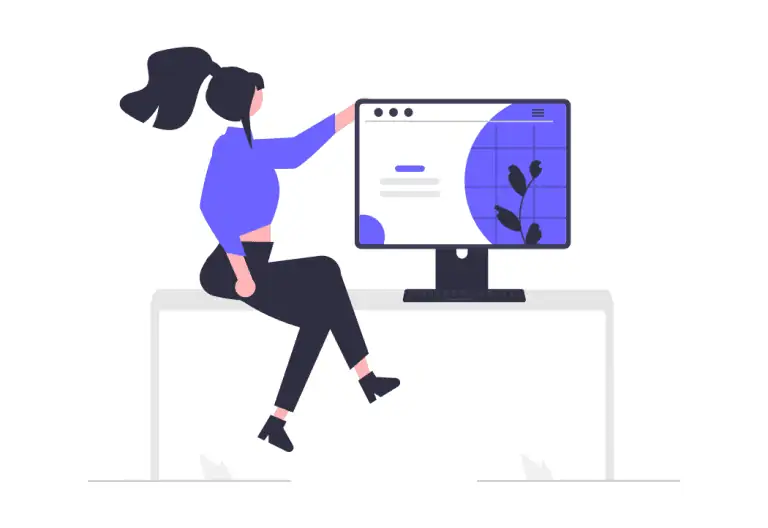Website is a crucial element of almost every business nowadays. You can start to promote your company once your website is ready. Thus you can direct people to a place where they can find all the essential information. But the website has many other functions! To make the most of its possibilities, you should optimize. In the following text, we highlight the most significant aspects.
How to start
Before optimizing your website a good idea is to research your competitors and find out what kind of design and solutions they use. Every industry has its own specifics so it is important to identify trends and strategies that can work for your business.
Use SimilarWeb to find your competitor’s websites and get inspired based on data.

User-friendly interface
Make sure that your website is easy-to-navigate and every element is intuitive. Do not put pretty design above the site’s functionality. Remember what is the goal of your website – to inform and sell. Use a call to action buttons in the most important cases but do not add too many of them so that your website’s visitors will not be confused.
85% of issues related to UX can be detected by performing a usability test on a group of 5 users (source).
You can test user experience thanks to tools like Crazy Egg which offers a heatmap, scroll map and much more. Using it you will find out which elements are the most visible for your visitors as well as which has the most clicks.
Mobile-friendly design
74% of people are likely to return to a website if it is optimized for mobile (source).
Make sure your website is properly displayed on mobile devices. Use responsive web design so your page will automatically adjust to the given smartphone or tablet. Pay attention to text readability and access to every part of the website.

Loading time
Websites that load within 2 seconds have an average bounce rate of 9%, while websites that take 5 seconds to load have a bounce rate of 38% (source). As you can see the loading time of the website is extremely significant. No wonder – nowadays people seek immediate answers and no one wants to wait, especially when it comes to online activities. You can check how fast your site’s speed with GTmetrix.
Search Engine Optimization (SEO)
This aspect is essential when it comes to increasing your website’s visibility. As people search for an answer in Google, why not give it to them? Focus on the two most important things:
Keywords
By adding accurate keywords you give your potential clients to find your website in the search engine’s results. Use Ubersuggest and Google Keyword Planner to identify key phrases that you need to include on your website. It might be a great idea to run a blog as a part of your website. Therefore you can create valuable content for your visitors and generate traffic by attracting people highly interested in the subjects your expert in. Do not forget to add keywords in headers, URLs, meta tags and alt text. While sharing your content on social media make sure you use a custom URL shortener like RocketLink and retarget your ads 😉
Link building
Acquire links to your website from external pages. You can exchange guest posts with other publishers, use a backlink building agency, or buy sponsored content which can also be very effective. Pay attention to websites’ performance by checking their measures like trust flow and citation flow via tools (for example Majestic). Choose only high-value pages.
You should also use tools such as free backlink checker to boost your activities.
Moreover, add internal links in your subpages – that also helps SEO!
Meta tags and alt text
They are descriptions of the website that appear when you link to it for example, in social media. Each subpage and blog post should have its own meta tag. Keep it short and attractive.
Alt text is a text that appears before an image will load. It supposed to describe a picture. Additionally, it supports your SEO.
Pop-ups
It is an additional space for communicating something important to your website’s visitors. You can encourage for a newsletter sign-up, offer a special time-limited deal, ask for contact information, offer a call… Possibilities are limitless! Keep pop-ups content short and appealing. Consider if it is the best for a user if such window pops-up at the beginning or end of the session or maybe when they are scrolling your site at a certain point.
It is important, though, to make pop-ups unintrusive so that your visitors will not feel overwhelmed. They have to be visible but not annoying. Also, remember about mobile users – check out how you pop-up will display on smartphones and tablets.
Thanks to share links generator you can add pop-ups also to any link you share online. Therefore, you can drive traffic back to your site! For example, you share an article about topics similar to what you publish on your blog. You can add a pop-up with a call to action button that redirects the user to your website for more content like that.

Conclusion
Whether you’ll do these steps yourself or consider hiring a London SEO agency, you should not wait to optimize your website to improve its visibility and increase your conversion as the optimization does not end on implementing crucial aspects listed before. It is a continuous process. You need to analyze your website’s performance regularly, test different solutions, and constantly increase traffic. Good luck!
friendly UImobile friendlymodern designpop-upsSearch Engine OptimizationSEOUI optimizationwebsite optimization
